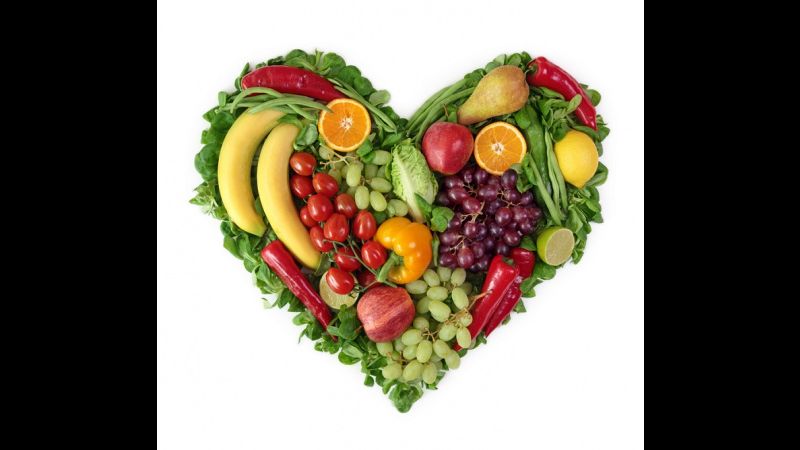Suffering from a stroke can be a rude awakening. For many, a stroke may be the consequence of lifestyle habits and nutritional decisions. As such, recovery requires more than just rigorous rehabilitation. The process may also call for a serious change in these habits and decisions. Recuperation from a stroke and prevention of future incidences both require the adoption of a balanced, healthy and nutritious diet. This doesn’t mean that you have to take the fun out of your food. It just means that you need to be highly conscious of what you eat and how much of it.
Foods to Avoid As you advance in your recovery and return to normalcy, you’ll need to make a habit of avoiding certain types of food. Conditions such as high cholesterol, high blood pressure and obesity can all substantially raise your risk of stroke, especially if you’ve had one before. Watch out for foods that might intensify any of these conditions:
Certain Fats: According to a study published by the Harvard School of Public Health, there are a number of foods containing saturated fats that should be avoided. The study finds that cheese, cured meats, pizza and grain or dairy-based desserts are among the highest sources of saturated fat and, consequently, of high cholesterol. Try to reduce your intake of these foods and, when it comes to trans fat (which is most commonly found in fast-food, frozen meals and other pre-packaged junk), just avoid it altogether.
High Salt Content: Obviously, salt is a key ingredient in so many things we eat. But according to the American Stroke Association, a high sodium diet can lead to elevated blood pressure. This increases not only one’s risk of the recurrence of stroke but also of other events like heart failure. Develop a diet that reduces the intake of salt to only that which is necessary.
High Calorie Intake: As you recover from a stroke, don’t let excess body fat drag you down. Limit your calorie intake to meet your need for protein and your relative level of physical activeness. Avoid high-calorie comestibles that offer limited nutritional benefit such as fried foods, candy bars and greasy, bagged snack foods.
Foods to Seek Out In addition to protecting yourself by avoiding or limiting the foods noted above, you can reduce your risk of recurrence by adding certain things to your diet:
Fruits and Vegetables: According to the American Stroke Association, your risk of stroke may be reduced by the intake of five or more servings of fruit a day. Find creative ways to add fruit to your diet like smoothies and fruit-salads.
Fish: Certain types of fish are both high in protein and omega-3 fatty acids. According to the Mayo Clinic, regular consumption of fish such as salmon, mackerel or bluefish have been shown to reduce the risk of heart disease or stroke. However, how you prepare your fish is critical. Fried fish may actually increase your health risk. Consider broiling, baking, grilling or steaming.
Lean meats and poultry: Find good healthy sources of protein such as chicken and lean beef. As you recover from a stroke, you’ll need your energy. Meats that are low in saturated fats can provide this energy when eaten in moderation. Beyond these dietary recommendations, it is important to keep meal-time interesting. For the recovering stroke victim, it can be difficult to maintain an appetite. Additionally, challenges swallowing or feeding one’s self may be discouraging.But nutrition and energy-production are essential to rehabilitation. Meals should be prepared with variation, with healthy spices and with accommodation to the stroke victim’s physical limitations. Most importantly, do not consider these dietary restrictions a limit to how inventive or delicious your meals can be. Learn how to use the recommended foods to create a food plan that is always fresh and exciting.

